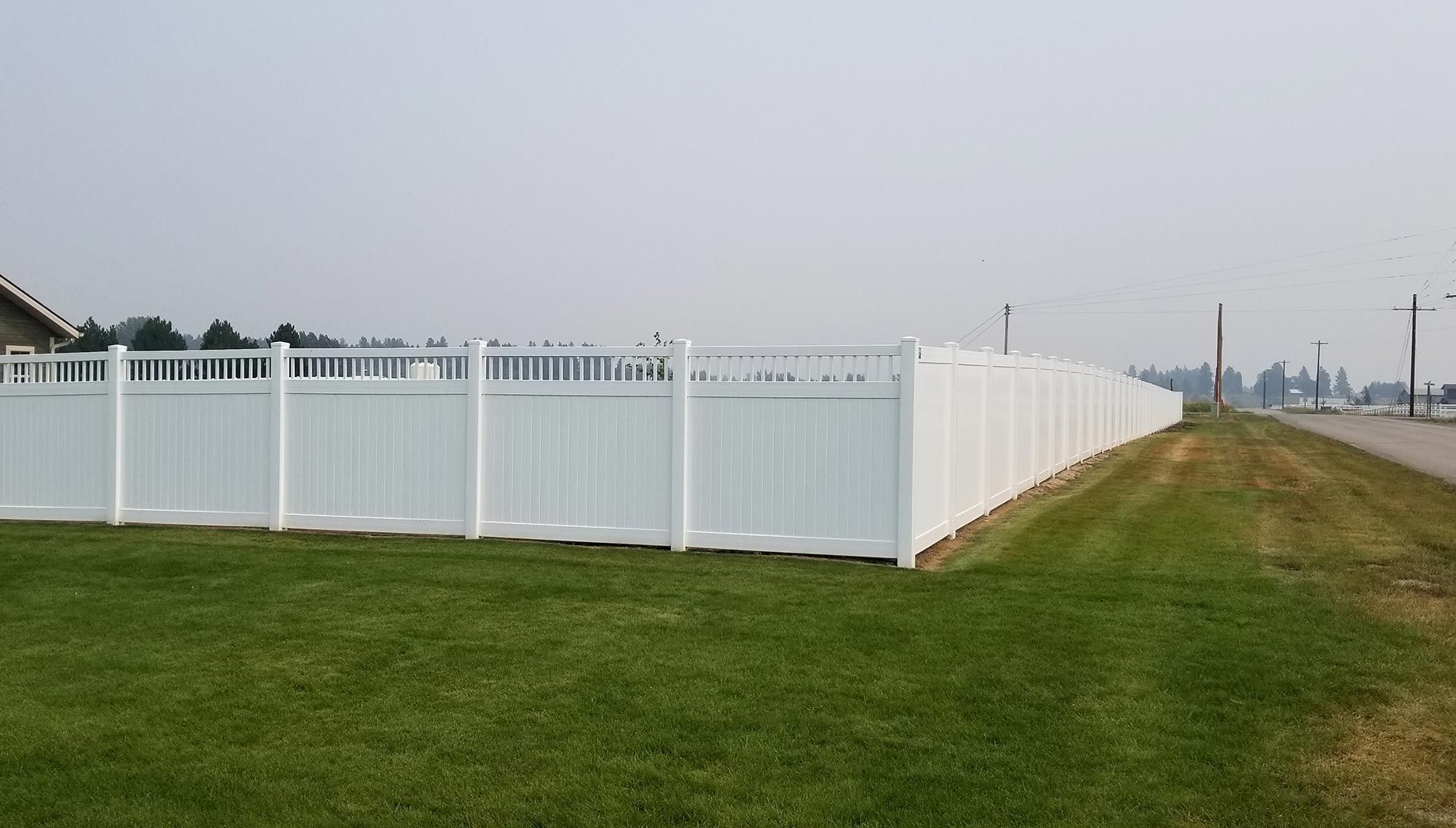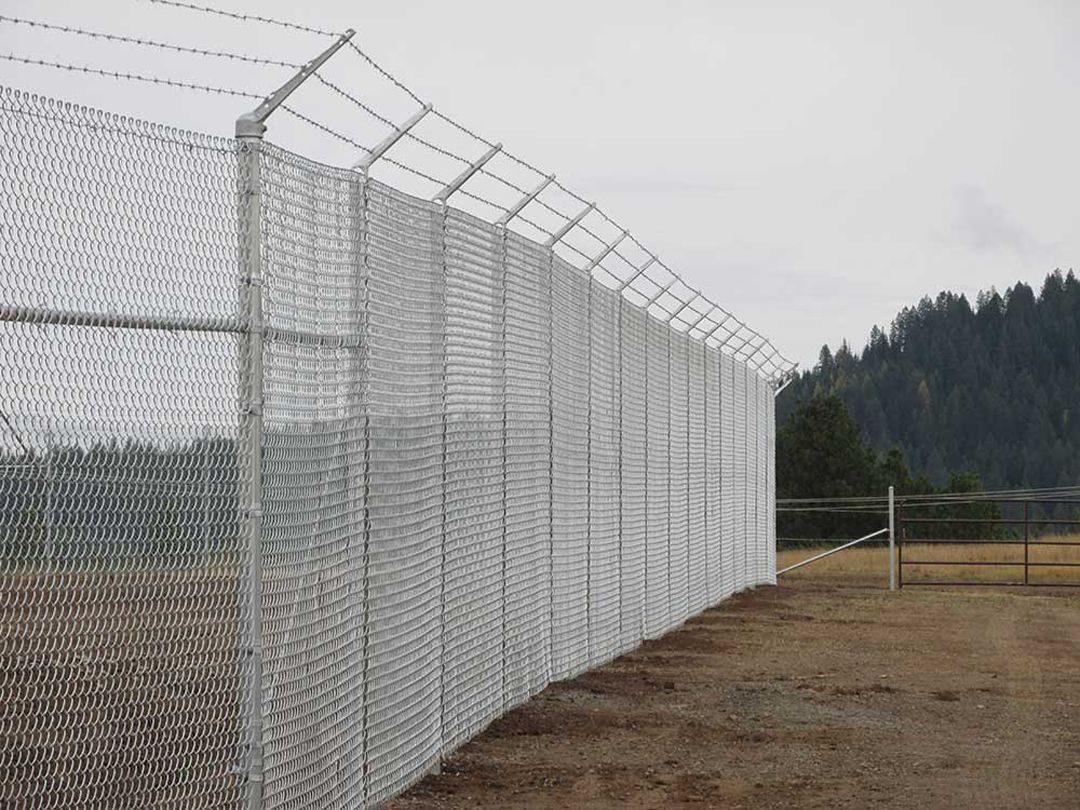Understanding Vinyl and Wood Fencing
When it comes to choosing the perfect fence for your home, the decision often boils down to two popular materials: vinyl and wood. Both options offer unique benefits and drawbacks, making the choice highly dependent on your specific needs, aesthetic preferences, and budget.
In this guide, we’ll break down the key aspects of vinyl and wood fences to help you decide which material is the right fit for your property.

Is Vinyl Fencing Right for You?
- Durability: With excellent resistance to weather conditions, pests, and rot, vinyl fences are built to last.
- Low Maintenance: Because vinyl doesn’t need painting or staining, it requires very little upkeep, making it a hassle-free option.
- Cost: While the upfront cost can be higher, the long-term savings on maintenance make vinyl a cost-effective option over time.
- Drawback: Vinyl fences offer fewer color and style options, which might limit customization to match your home’s aesthetic.
Wood Fences: The Good and the Bad
- Aesthetic Appeal: The natural, rustic look of wood fences can be enhanced with various paint, stain, or finish options to suit any style.
- Cost: Wood fences are generally more affordable to install than vinyl.
- Maintenance: Wood fences need consistent care, including painting, staining, and repairs, to maintain their appearance and prevent rot.
- Lifespan: The lifespan of a wood fence can be shorter, particularly in areas that experience harsh weather or humidity.
Cost Breakdown: Vinyl Fencing vs. Wood Fencing
While vinyl fences tend to cost more initially, they can save you money over time thanks to lower maintenance needs. On the other hand, wood fences may be cheaper to install but require frequent upkeep.
If you’re considering long-term value, vinyl might be the better option. However, for those with a tight budget or short-term needs, wood can be a more cost-effective choice.
Eco-Friendly Fencing: Vinyl vs. Wood
While wood is considered more eco-friendly due to being a renewable resource, treated wood may contain harmful chemicals. Vinyl, though not biodegradable, has a longer lifespan, which can minimize its environmental impact.
Consider sourcing sustainably harvested wood or recycled vinyl for a greener choice.
